How Biotech will save the world

Okay, so the title may be a little hyperbolic. Biotechnology is only one tool that we can utilize to reduce food insecurity and malnutrition worldwide. But there have been many roadblocks preventing biotech from becoming widely used, most of them political or financial in nature.
The genetic modification of plants has been occurring for millennia. One of the earliest known cultivated plants is the banana, purpose-grown for 10,000 years.
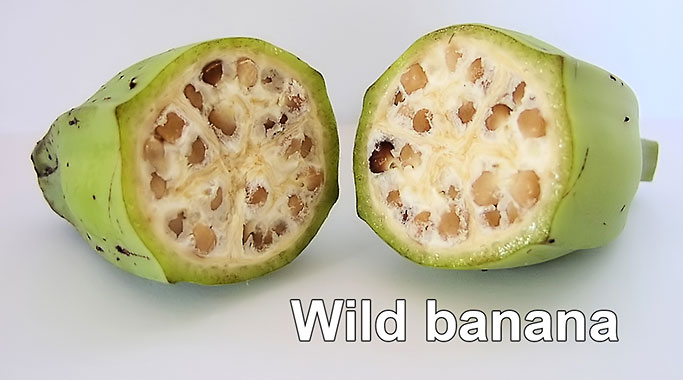
Warut Roonguthai, CC BY-SA 3.0, via Wikimedia Commons
The original wild banana of Asia bore a dense, seed-heavy fruit that was difficult to eat. When naturally occurring seedless hybrids of wild varieties were discovered, people soon began propagating these by cuttings and the seeded varieties were abandoned.
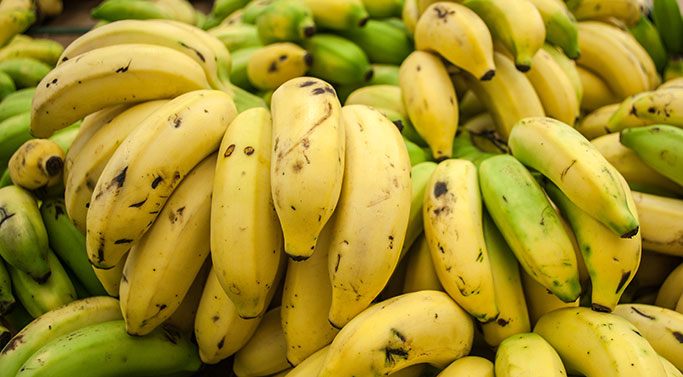
Wilfredor, CC BY-SA 3.0, via Wikimedia Commons
The Arctic Apple is a great example of genetic modification in the commercial market. In 1996, Okanagan Specialty Fruits was formed in British Columbia. The purpose of the company was to explore opportunities for genetic modification in apples. They developed existing technology that was used to stop browning in potatoes to work on the enzyme that causes browning in apples. In 2002, after successful trials, the Arctic Apple was introduced to the market. This apple does not turn brown when sliced! Consumers are happier with the appearance of the apples, and the removal of the need to treat apples to stop browning lowers production costs.
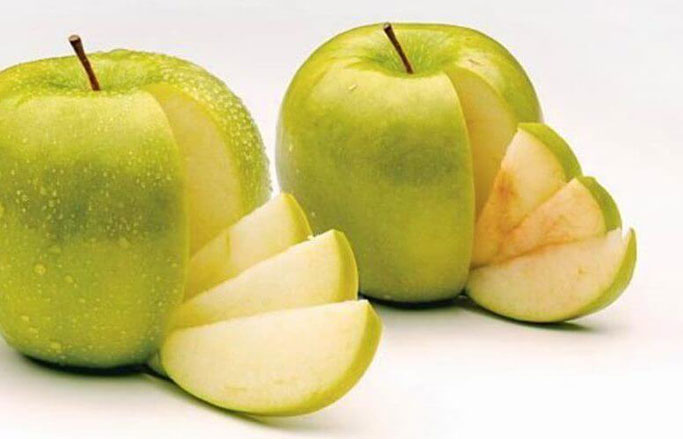
Copyright Arctic Apples
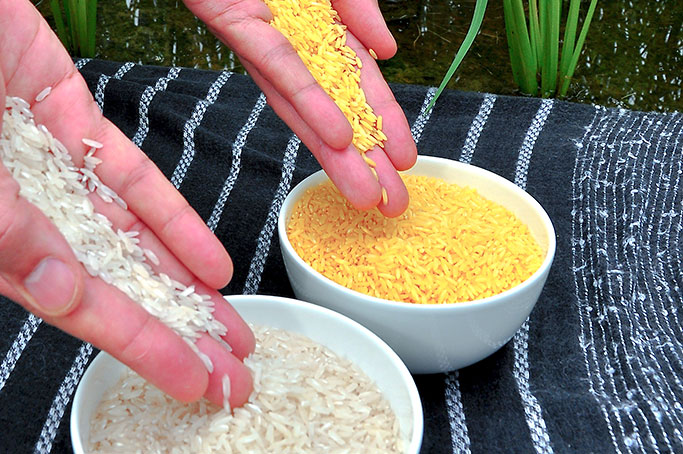
International Rice Research Institute (IRRI), CC BY 2.0, via Wikimedia Commons
Since the early 20th century, scientists have been engineering genetically modified rice to help solve malnutrition and famine in the developing world. At last estimate, around 125-130 million preschool aged children in the developing world suffered from Vitamin A deficiency due to malnutrition. The Humanitarian Golden Rice project was developed to help combat the lack of Vitamin A found in their diet. Scientists engineered the rice to synthesize Vitamin A in the starch tissues. The Project has faced at least ten years of trials and delay due to the extensive regulation surrounding Genetically Engineered species. Genetically Engineered species have undergone much more testing and is precise and predictable when compared to traditional breeding methods which have gone largely unregulated for years.
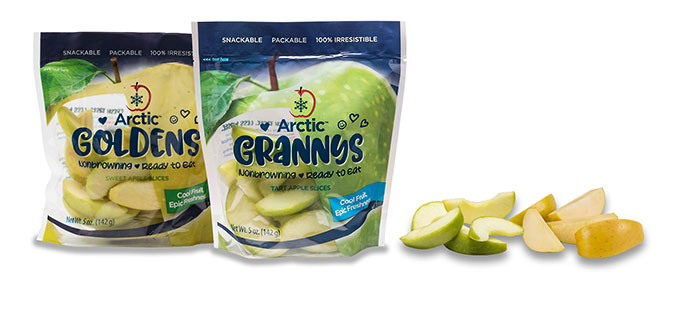
Copyright Arctic Apples
I sincerely hope that global regulations loosen up a bit in the coming years so that those who researched, executed, and tested these wonderful modifications have a chance to actually help others the way they intended to. Maybe one day the world will welcome innovation rather than treat it with suspicion and hostility.
